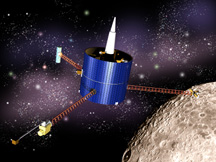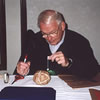To the Moon!
News story originally written on December 9, 1997
The first NASA lunar mission in 25 years will be launched soon after the New Year begins. The Lunar Prospector spacecraft will be launched on January 5, 1998. After only a month's travel time to the Moon, it will begin making the first complete maps of the lunar surface.
The Lunar Prospector's mission will be a profound one. Over 75% of the Moon's
surface is not mapped out in detail. In addition, there are several mysteries
about the Moon's composition and internal processes. The Lunar Prospector will
provide information about all of these inconsistencies by mapping out the lunar
surface composition, and gravity/magnetic fields. In addition, the craft will
try to detect any kind of volatile activity on the Moon, and detect whether or
not the Moon's poles contain water ice.
The Lunar Prospector's mission is expected to last one year, and will have a
polar orbit about the Moon. The craft has a mass of 660 pounds, and is 4.5 feet high by 4 feet in diameter.
Data from this mission could help scientists plan a potential lunar base and develop theories of the formation of the solar system.
You might also be interested in:
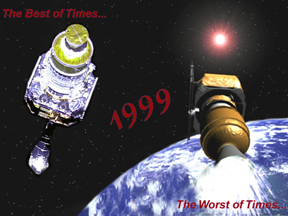
It was another exciting and frustrating year for the space science program. It seemed that every step forward led to one backwards. Either way, NASA led the way to a great century of discovery. Unfortunately,
...more
The Space Shuttle Discovery lifted off from Kennedy Space Center at 2:19 p.m. EST, October 29th. The sky was clear and the weather was great as Discovery took 8 1/2 minutes to reach orbit for the Unitied
...more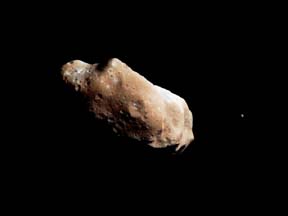
A moon was discovered orbiting the asteroid, Eugenia. This is only the second time in history that a satellite has been seen circling an asteroid. A special mirror allowed scientists to find the moon
...more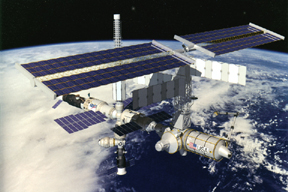
Will Russia ever put the service module for the International Space Station in space? NASA officials are demanding an answer from the Russian government. The necessary service module is currently waiting
...more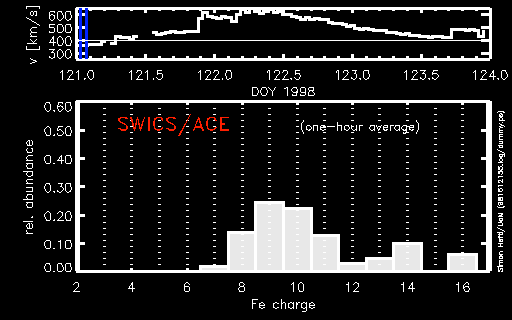
During a period of about two days in early May, 1998, the ACE spacecraft was immersed in plasma associated with a coronal mass ejection (CME). The SWICS instrument on ACE, which determines unambiguously
...more
J.S. Maini of the Canadian Forest Service has referred to forests as the "heart and lungs of the world." Forests reduce soil erosion, maintain water quality, contribute to atmospheric humidity and cloud
...more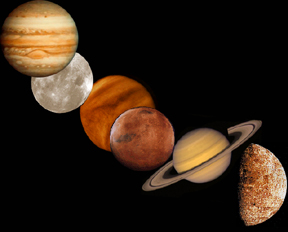
In late April through mid-May 2002, all five naked-eye planets are visible simultaneously in the night sky! This is includes Mercury which is generally very hard to see because of its proximity to the
...more


